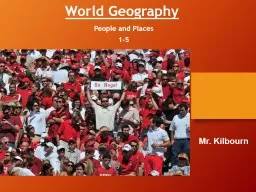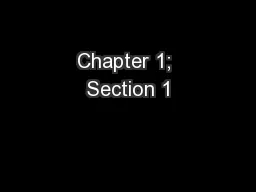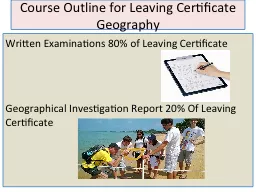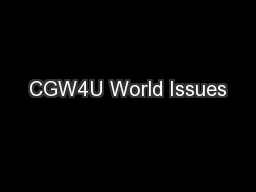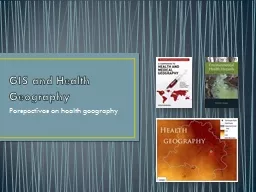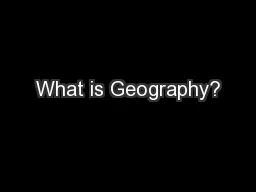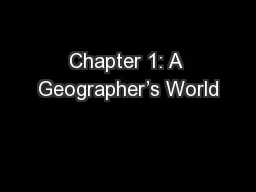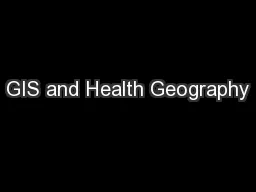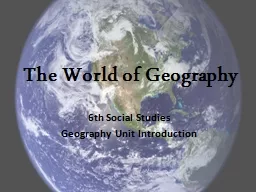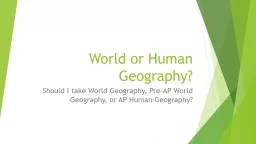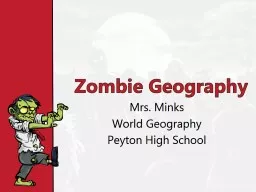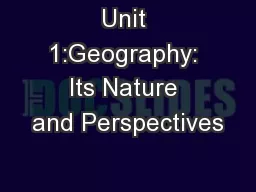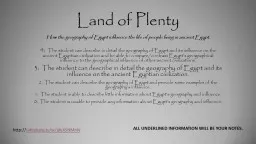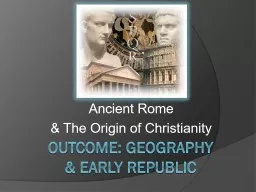PPT-World Geography People and
Author : briana-ranney | Published Date : 2018-10-05
Places 15 Mr Kilbourn Section 1 The Elements of Culture Defining Culture Knowledge attitudes behaviors shared over generations is culture Society is a group that
Presentation Embed Code
Download Presentation
Download Presentation The PPT/PDF document "World Geography People and" is the property of its rightful owner. Permission is granted to download and print the materials on this website for personal, non-commercial use only, and to display it on your personal computer provided you do not modify the materials and that you retain all copyright notices contained in the materials. By downloading content from our website, you accept the terms of this agreement.
World Geography People and: Transcript
Download Rules Of Document
"World Geography People and"The content belongs to its owner. You may download and print it for personal use, without modification, and keep all copyright notices. By downloading, you agree to these terms.
Related Documents

